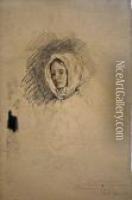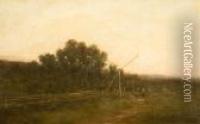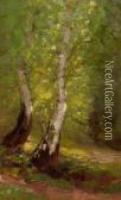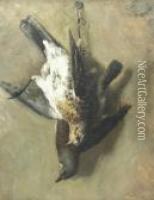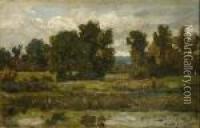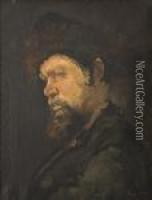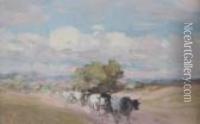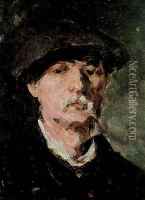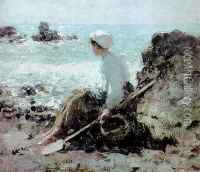Nicolae Grigorescu Paintings
Nicolae Grigorescu was one of the founding members of modern Romanian painting. He was born on May 15, 1838, in Pitaru, Dâmbovița County, Romania. From a young age, he displayed an aptitude for painting and was apprenticed to a church painter, which was a common practice for artistic training at the time. This early experience instilled a lifelong interest in the depiction of religious themes.
Grigorescu continued his education at the School of Fine Arts in Bucharest and later, in 1861, he moved to Paris, where he was influenced by the French Impressionists. His style, however, remained distinct, blending the light and color of Impressionism with the more rigorous formal composition of the classical tradition. Grigorescu is particularly known for his landscapes, which often featured scenes from Romanian rural life, as well as his portraits and religious paintings.
Throughout his career, Nicolae Grigorescu demonstrated a commitment to capturing the spirit of Romanian rural and pastoral life, often painting peasants, sheepfolds, carts, and monasteries. His work is characterized by a bold use of color and a dynamic brushwork that foreshadowed the later developments of Impressionism in Romania. He was also one of the first artists to introduce the brighter colors of outdoor painting into Romanian art.
In 1873, Grigorescu participated in the Russo-Turkish War as a battlefield artist, which led to a series of sketches and paintings that depicted the harsh realities of war and the bravery of soldiers. These works contributed to his reputation as a national artist who not only celebrated the beauty of Romania's landscapes and people but also its struggles and triumphs.
Nicolae Grigorescu's contributions to Romanian art were widely recognized during his lifetime, and his legacy continues to influence Romanian artists. He passed away on July 21, 1907, in Câmpina, leaving behind a rich body of work that continues to be celebrated in Romania and beyond. His paintings are displayed in many art galleries and museums, including the National Museum of Art of Romania in Bucharest.


